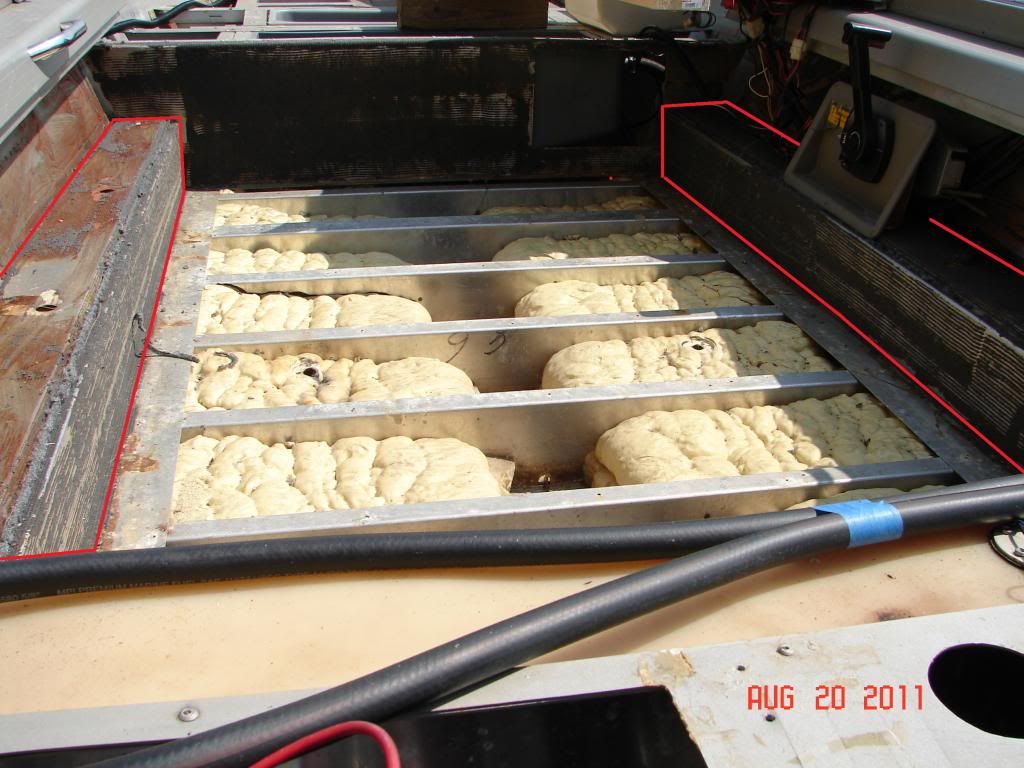Re: Styrofoam?
Yeah that's all pretty good stuff (blowing my own horn since I had a small hand in writing it.) LOL!
Don't apologize for saying Approved. We were constantly sending Cease and Desist letters to foam manufacturers for saying Approved in their advertising. Their marketing people simply don't talk to their technical people. And Foam Manufacturers aren't the only ones. Surprisingly there are only a few things on recreational boats that need to be Coast Guard Approved. You can count them with your fingers.
Almost all builders use 2 lb density foam. That means one cubic foot weighs two lbs, so one cubic foot gives you 60.4 lbs of flotation in fresh water. All the calculations in the USCG Handbook and ABYC standards are based on 2 lb density foam. It is very suitable for flotation foam. I you use those formulas you have to adjust them for four lb or six or whatever you use.
Yes denser foam is less prone to water absorption since it has much smaller cells and the cell walls are thicker. But if you use 4 lb foam you have to remember you are adding double the weight to the boat, 6 pound, three times the weight, and lessening the amount of weight it will support, meaning it takes more foam, to support the boat, engine, gear and passenger weight. The bigger the boat the greater the weight impact. It increases by the square just like volume does. This also has to be subtracted from the maximum weight capacity as hull weight. So really you are better off using 2 lb.
Actually the ideal is air because a cubic foot of air supports 62 lbs in fresh water, but on boats over 2hp the boat has to meet the standard with the two largest air chambers punctured, so if you use air chambers make a lot of them. They can't be integral with the hull, the exception is boats less than 2hp and manually propelled. All chambers count and they can be integral with the hull.
Placement of foam is crucial for level floation. We tested boats for flotation on a routine basis and of those that failed it was almost always not enough foam where it was need most. In other words they heeled too much, or even rolled over. In level flotation the point is to get the boat float, with passengers, engine and gear, in a relatively level attitude. If it heels more than 30 degrees it fails. Usually the engine was the culprit. There simply wasn't enough foam at the starboard quarters to support and stabilize the outboard. If you put all the foam in the bottom the boat rolls over and floats level upside down. Not good. I you put too much up under the gunwales the water level in the boat may never get high enough to contact the foam and the boat will capsize. And so on. It has to be placed where it will work and do the most good.
In basic flotation (inboards and I/O's) this is not an issue the boat simply has to float with some part of the boat out of the water.
























